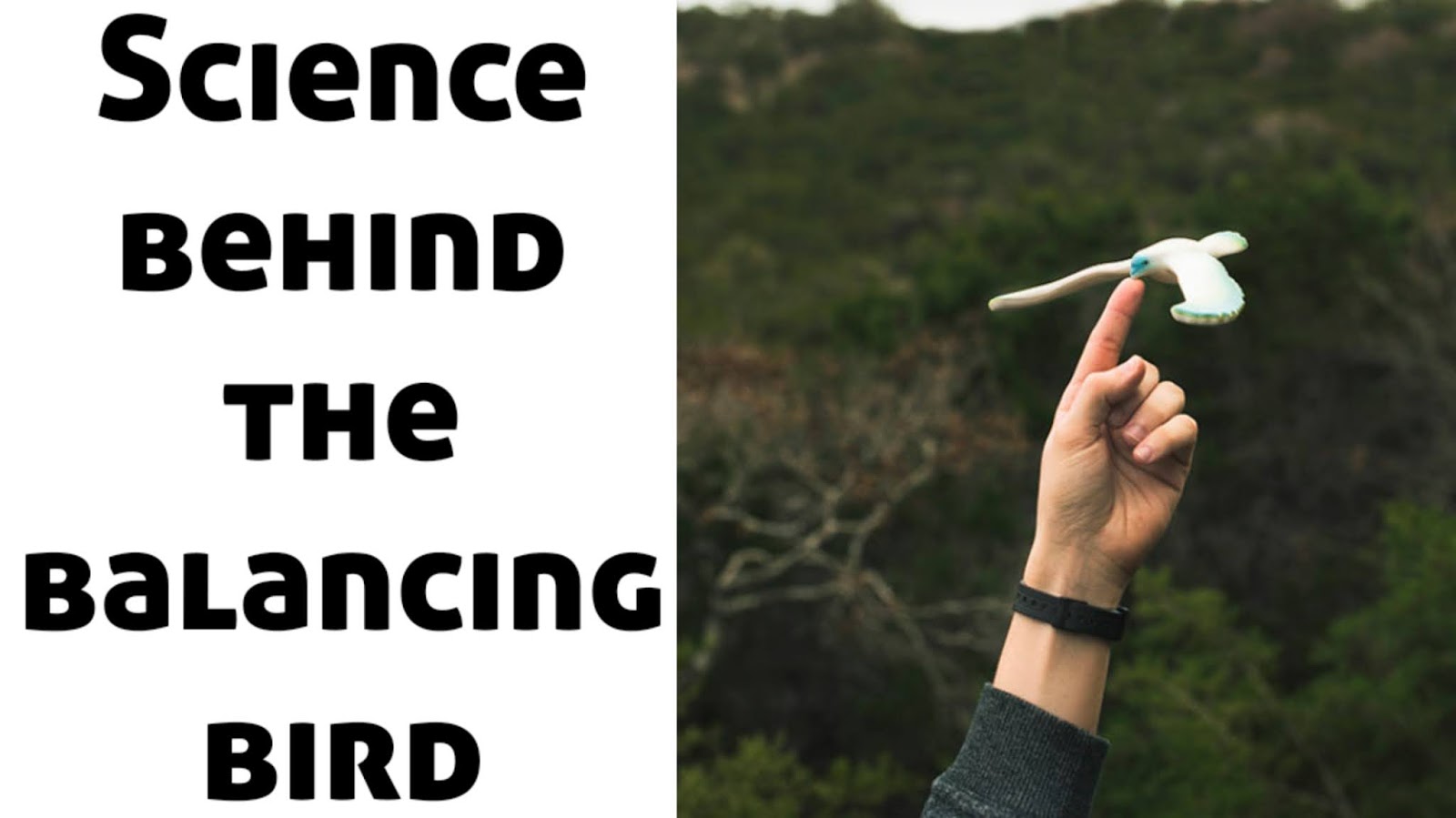Introduction
The human heart is a powerful, muscular organ that plays a vital role in keeping us alive. Acting like a pump, it moves blood through our body, delivering oxygen and nutrients to every cell. But how does the human heart actually work? In this guide, we’ll break it down in simple terms, perfect for students, curious readers, and anyone interested in how their body functions.
1. Anatomy of the Heart
The human heart is about the size of a fist and is located slightly to the left of the center of your chest. It’s made of cardiac muscle tissue, which is unique to the heart and never gets tired. It is enclosed in a protective sac called the pericardium and surrounded by a fluid that reduces friction.
2. Chambers of the Heart
The heart has four chambers:
- Right Atrium – receives oxygen-poor blood from the body
- Right Ventricle – pumps blood to the lungs
- Left Atrium – receives oxygen-rich blood from the lungs
- Left Ventricle – pumps blood to the rest of the body
Each chamber is separated by valves that prevent the backflow of blood.
3. The Cardiac Cycle
The cardiac cycle is the series of events that happen every time your heart beats. It has two main phases:
- Systole – when the heart contracts and pumps blood out
- Diastole – when the heart relaxes and fills with blood
This cycle repeats about 60 to 100 times per minute in a healthy adult.
4. How Blood Flows Through the Heart
Here’s a step-by-step of how blood flows through the heart:
1. Blood enters the right atrium from the body (oxygen-poor)
2. It moves to the right ventricle and is pumped to the lungs
3. In the lungs, it picks up oxygen and returns to the left atrium
4. It flows into the left ventricle and is pumped to the entire body
This continuous loop ensures that your body gets the oxygen and nutrients it needs.
5. Electrical System of the Heart
The heart has its own electrical system that controls your heartbeat. It starts in the sinoatrial (SA) node, also called the natural pacemaker. This sends signals to:
- Atrioventricular (AV) node
- Bundle of His
- Purkinje fibers
These signals make the heart muscles contract in a synchronized rhythm.
6. How the Heart and Lungs Work Together
The heart and lungs work in perfect coordination through the pulmonary circulation system. When the heart pumps oxygen-poor blood to the lungs, the lungs refresh it with oxygen. Then, the heart sends this oxygen-rich blood to the rest of the body through systemic circulation.
7. Fun Facts About the Heart
- Your heart beats over 100,000 times a day
- It pumps about 5 liters of blood per minute
- A woman’s average heartbeat is slightly faster than a man’s
- The heart can still beat outside the body with proper oxygen
Conclusion
Understanding how the human heart works is essential to knowing how your body stays alive and healthy. From its structure to its functions, the heart is an incredible organ that works tirelessly day and night. Whether you’re a student, teacher, or just curious, we hope this guide helped you appreciate the amazing science behind every heartbeat.
Disclaimer:
The information provided in this article is for educational and informational purposes only and is not intended as medical advice. Always consult with a qualified healthcare professional or your doctor before starting any new health regimen, making changes to your diet or medication, or if you have any concerns about your health. This blog does not diagnose, treat, cure, or prevent any medical condition.






0 Comments